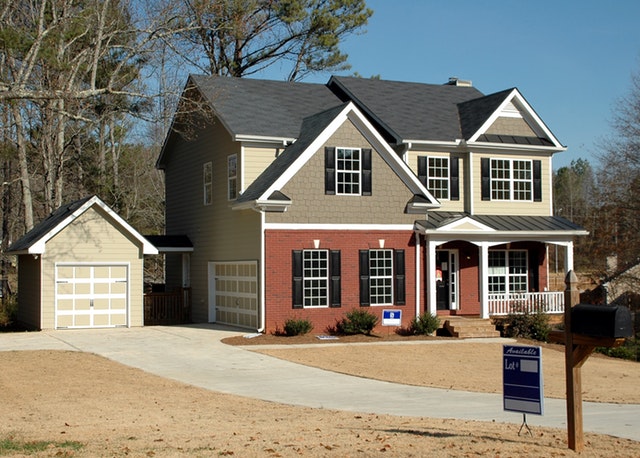
Last week’s economic reports included readings from S&P Case-Shiller Home Price Indices, readings on new and pending home sales, and the University of Michigan’s Consumer Sentiment Index. Weekly reports on mortgage rates and jobless claims were also published.
S&P Case-Shiller Home Price Indices: Home Prices Rose Faster in November
The Case-Shiller National Home Price Index showed that November home prices grew by 9.50 percent on a seasonally-adjusted annual basis. October’s reading showed 8.40 percent home price growth; analysts expected a year-over-year pace of 8.80 percent for national home price growth.
Severe shortages of available homes coupled with high demand for homes continued to fuel rising home prices as builders faced rising materials costs. The covid pandemic added to home price growth, which is expected to slow as businesses and employers reopen and flight from congested urban areas slows.
The 20-City Home Price Index reported home price growth in 19 of 20 cities; Detroit, Michigan has not reported its data in recent months. Phoenix, Arizona, Seattle, Washington, and San Diego, California again held the top three places in the 20-City Index.
New Home Sales Rise in December
New homes sold at a seasonally-adjusted annual pace of 842,000 sales as compared to a sales pace of 829,000 homes sold in November. Pending home sales were lower in December with a -0.30 percent decline. Analysts forecasted a reading of -0.20 percent in pending sales based on November’s reading of -2.60 percent fewer pending home sales. Seasonal influences including winter weather and the holiday season typically cause home sales to fall during the winter months.
Mortgage Rates, Jobless Claims Lower
Freddie Mac reported lower fixed mortgage rates last week; the average rate for 30-year fixed-rate mortgages fell by four basis points to 2.73 percent. The average rate for 15-year fixed-rate mortgages fell one basis point to 2.20 percent. The average rate for 5/1 adjustable rate mortgages was unchanged at 2.80 percent. Discount points averaged 0.70 percent, 0.60 percent, and 0.30 percent respectively.
First-time jobless claims fell to 847,000 claims filed as compared to the prior week’s reading of 914,000 initial claims filed. Continuing jobless claims were also lower with 4.77 million claims filed. as compared to the previous week’s reading of 4.97 million claims filed.
The University of Michigan reported an index reading of 79.0 in January for its Consumer Sentiment Index. Analysts expected no change to December’s reading of 79.2. The continued spread of covid-19 and related economic concerns contributed to lower consumer sentiment.
What’s Ahead
This week’s scheduled economic readings include labor-sector reports on public and private obs growth and the national unemployment rate. Weekly reports on mortgage rates and jobless claims will also be released.

 Finding the perfect property is an exciting feeling, but its relative location can leave a lot of room for worry. Buying a home in the city is a venture that comes with an entire assortment of advantages and disadvantages. While the location might be close in proximity to businesses, services, and other people, it’s easy to worry about the other aspects of city living. What are the great and not-so-great facets of living on a busy street?
Finding the perfect property is an exciting feeling, but its relative location can leave a lot of room for worry. Buying a home in the city is a venture that comes with an entire assortment of advantages and disadvantages. While the location might be close in proximity to businesses, services, and other people, it’s easy to worry about the other aspects of city living. What are the great and not-so-great facets of living on a busy street?